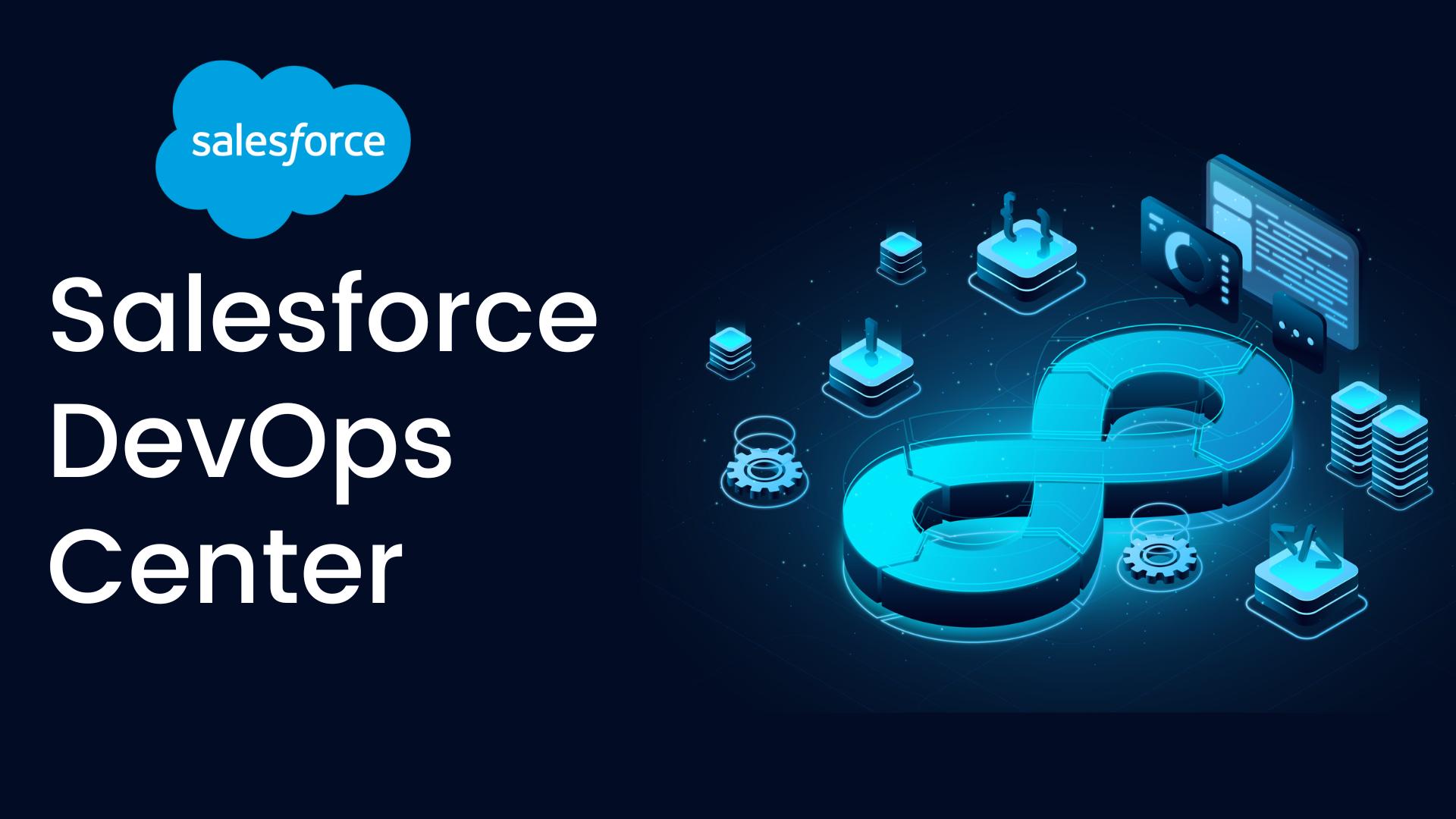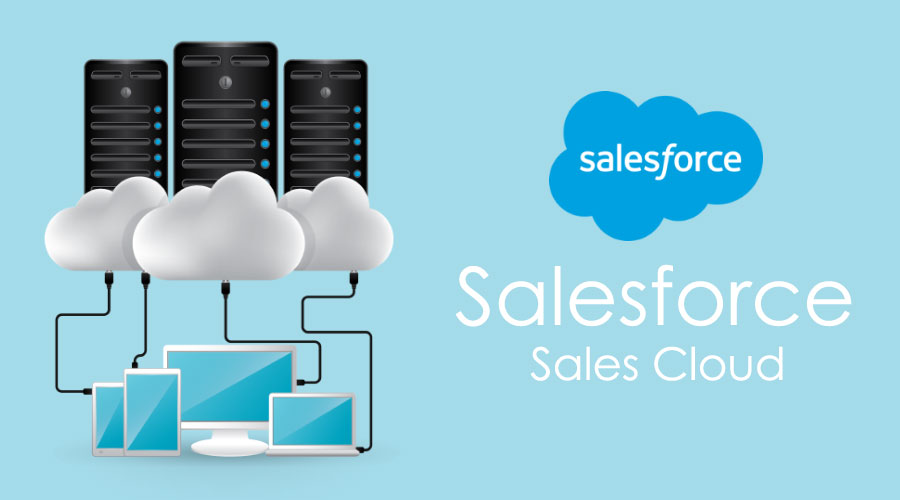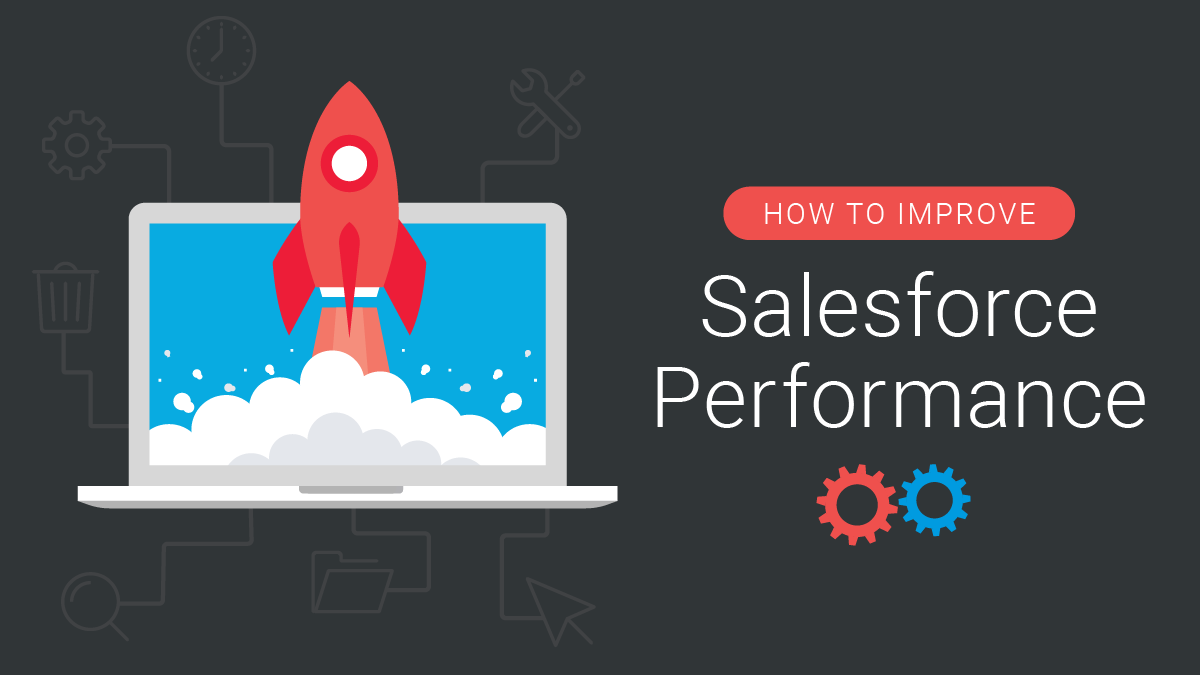Introduction
In the fast-paced world of software development, organizations are constantly striving to improve their development processes to deliver high-quality products faster and more efficiently. One approach that has gained significant traction is the adoption of DevOps methodologies. Salesforce, a leading customer relationship management (CRM) platform, has recognized the need for streamlined development practices and has introduced the Salesforce DevOps Center. This blog explores the benefits of the Salesforce DevOps Center and how it can help businesses achieve faster development and shorter release cycles.
Understanding Salesforce DevOps
Salesforce DevOps is the practice of combining development and operations teams, tools, and processes to streamline and automate the delivery of Salesforce applications. It emphasizes collaboration, communication, and automation, enabling organizations to accelerate development, increase productivity, and enhance software quality.
Also read : What is Salesforce ?
Salesforce DevOps Center: A Comprehensive Solution
The Salesforce DevOps Center is a centralized platform that brings together a suite of tools and features designed to support the entire application development lifecycle on the Salesforce platform. Let’s delve into the key components of the DevOps Center and how they contribute to faster development and shorter release cycles:
- Version Control Integration: The DevOps Center integrates seamlessly with version control systems like Git, enabling teams to track changes, manage branches, and collaborate effectively. This ensures that all developers are working on the latest codebase, reducing conflicts and enabling faster development iterations.
- Continuous Integration (CI): The DevOps Center supports continuous integration, where changes made by developers are automatically validated through automated tests and build processes. This helps catch bugs and issues early in the development cycle, preventing them from snowballing into bigger problems.
- Automated Testing: Testing is a critical aspect of software development, and the DevOps Center enables automated testing of Salesforce applications. By automating repetitive test cases, organizations can reduce the time and effort required for manual testing, leading to faster feedback and shorter release cycles.
- Continuous Delivery (CD): With the DevOps Center, organizations can automate the process of deploying changes to production environments. This eliminates manual intervention, reduces the risk of human error, and enables frequent, reliable releases.
- Sandboxes and Environments: The DevOps Center provides a sandbox management system, allowing developers to create and manage multiple development environments. This enables parallel development efforts, facilitating faster iteration and reducing dependency bottlenecks.
- Release Management: The DevOps Center offers features for managing the release process, including versioning, release notes, and deployment tracking. This helps organizations maintain visibility and control over the release pipeline, ensuring smooth and predictable deployments.
Also Read : How much time does it take for Salesforce data migration ?
Benefits of the Salesforce DevOps Center
- Increased Development Velocity: By automating processes and streamlining workflows, the DevOps Center eliminates manual, time-consuming tasks, enabling developers to focus on coding. This significantly increases development velocity, reducing time-to-market for new features and enhancements.
- Enhanced Collaboration: The DevOps Center promotes collaboration between development and operations teams. By breaking down silos and fostering communication, it encourages cross-functional collaboration, leading to faster issue resolution and more efficient development cycles.
- Improved Software Quality: The automated testing capabilities of the DevOps Center ensure that code changes are thoroughly tested, reducing the likelihood of introducing bugs or regressions. This results in higher software quality and greater customer satisfaction.
- Greater Agility and Flexibility: The DevOps Center empowers organizations to respond quickly to changing market demands and customer feedback. It enables rapid iteration, allowing businesses to adapt their Salesforce applications with agility and flexibility.
Conclusion
The Salesforce DevOps Center is a comprehensive solution that enables organizations to optimize their Salesforce development processes. By integrating version control, continuous integration, automated testing, and deployment automation, the DevOps Center accelerates development cycles and shortens release times. Embracing Salesforce DevOps not only leads to faster delivery of high-quality applications but also promotes collaboration, enhances software quality, and improves overall business agility. As organizations strive to stay ahead in today’s competitive landscape, the Salesforce DevOps Center is a valuable asset on their journey to faster development and shorter release cycles.




